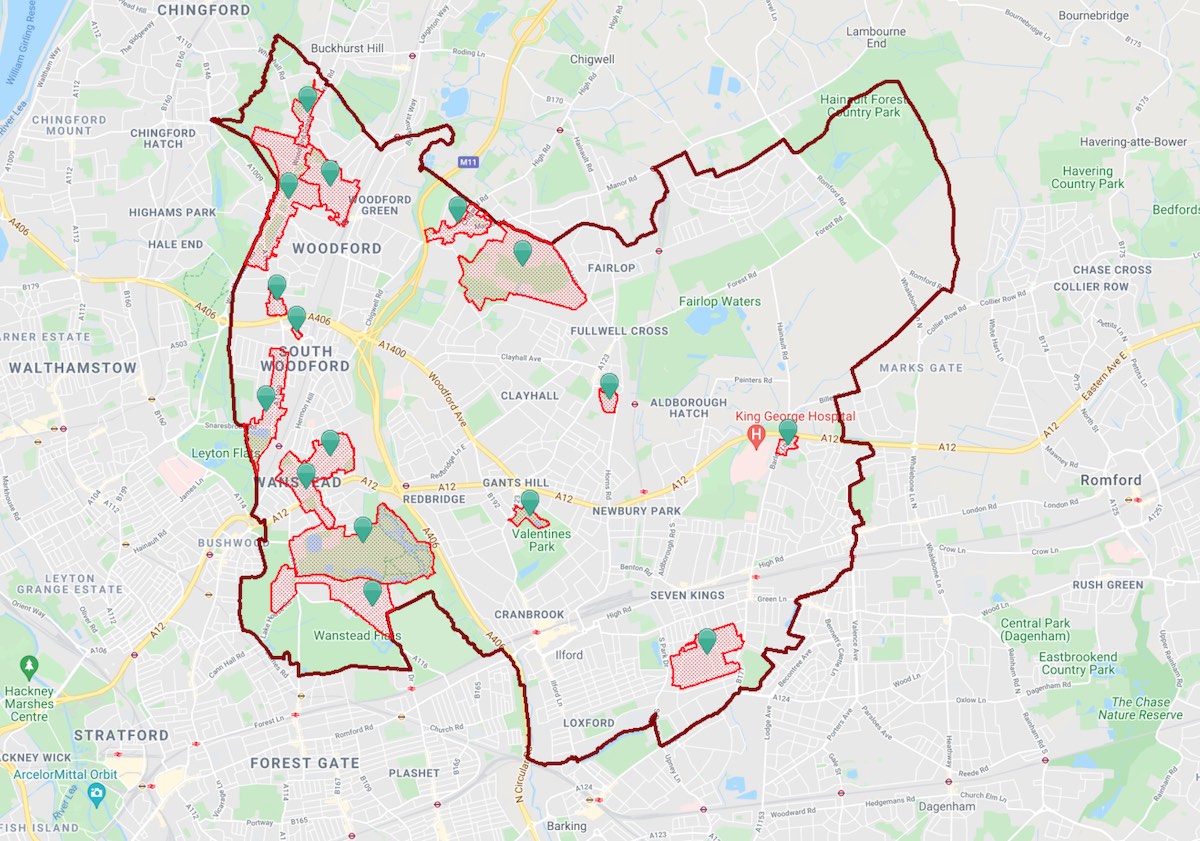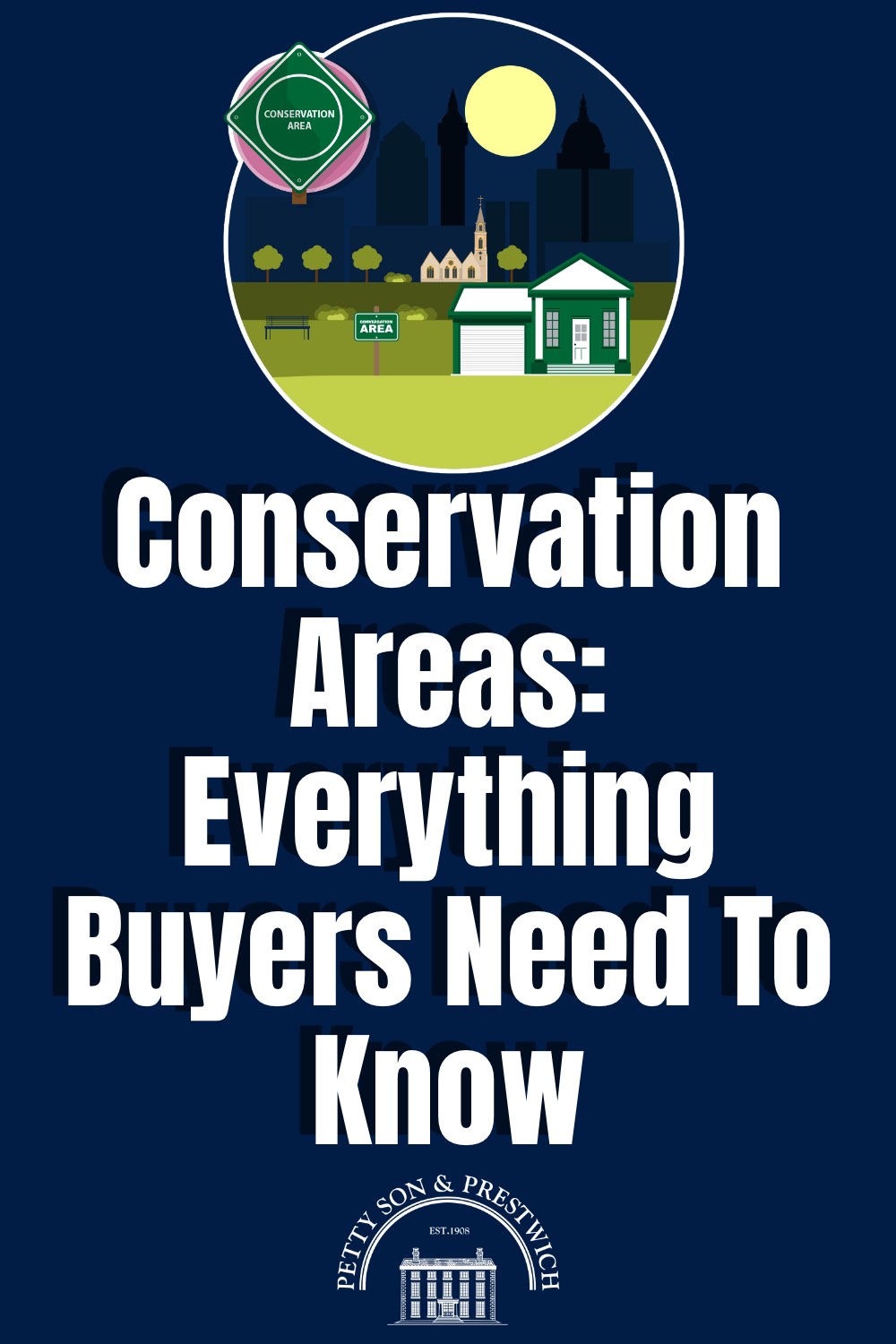Buying a home in a conservation area may not have been on your radar when you started searching for your dream home, but many buyers find themselves falling for a property with this label attached. Naturally, this leads to a whole lot of questions, not least of which is the most basic of all...what is a conservation area, anyway?
This post will help you weigh up the pros and cons of buying property in a conservation area, giving you the information you need to make an informed decision. While homes within conservation areas are generally deemed more desirable, some buyers may be put off by the restrictions placed upon them by their local authority.
Here, we’ll give you the lowdown, so you can decide which camp you fall into.
Let’s get started, shall we?
What are conservation areas?
In short, conservation areas are put in place to protect a district’s historic or architectural interest. This designation is made by the relevant local authority under Section 69 of Planning (Listed Buildings and Conservation Areas) Act 1990.
Conservation areas are nothing new, with the first being Stamford, Lincolnshire back in 1967, yet very few buyers are aware of their existence until they stumble across a home that falls within one. As there are now somewhere in the region of 10,000 conservation areas in Britain, this isn’t as uncommon as you may think. There are 16 in Redbridge alone:

As you have no doubt gathered, living in a conservation area has implications for the homeowner (more of which in a bit), but restrictions can go far beyond bricks and mortar and listed buildings. Even trees can be protected thanks to the legal constraints put in place by the local authority in question.
Why do rules vary from one conservation area to the next?
Being designated a conservation areadoesn’t bring with it a blanket raft of regulations; it’s far more nuanced than that. Think of it along the lines of preserving the feel of a given area and you’ll be able to appreciate just how much this can vary from place to place.
This, therefore, means that policies must be decided on a case by case basis, which means different rules for different conservation areas. Even those that are close together geographically can be worlds apart in terms of the restrictions deemed necessary by the local council.
How do conservation areas affect homeowners?
You’ll be pleased to hear that owning a home in a conservation area is generally considered to be desirable. The restrictions that are in place will be there to preserve the appearance of the property and its surrounding areas, which in turn will help preserve its value.
That being said, the restrictions can prove difficult for homeowners from time to time. If, for example, you intend to buy property in a conservation area with the intention of modernising the home, you could run into trouble.
Even a relatively small job like painting the front door can be affected by conservation area rules, so it’s important to know exactly what you’re dealing with before you proceed with the purchase.
Should you buy a home in a conservation area?
As one would expect, this is a question without a concrete answer. What will suit one buyer may not be a good fit for another.
However, to put a more general slant on things, conservation areas are, as we’ve already mentioned above, largely considered to be a good thing, as they will help keep the character and charm of an area intact.
How to check if a property is within a conservation area
Unfortunately, there isn’t a centralised one-stop postcode checker that will automatically tell you whether or not the property you’re interested in is within a conservation area, but it isn’t difficult to find out.
If you already know which local authority you’ll be dealing with, you can head directly to their website or Google something like: “local authority name” + conservation areas or“local authority name” + planning and building, which should lead you to the right page.
If you are unsure of the local authority, head over to this gov.uk page and enter the postcode. This will point you in the right direction, often taking you to the LA’s conservation area page directly.
Interested in one of the many conservation areas listed in Redbridge, Waltham Forest, or Epping Forest? As the leading estate agent in London’s E11 postcode district, and a company that has been helping people move since 1908, we’re well placed to help you find the right property in your desired location across East London and West Essex.
Give our friendly team a call to find out what your options are and how buying a home in one of the many local conservation areas will affect you. We’re here to help and happy to do so.
